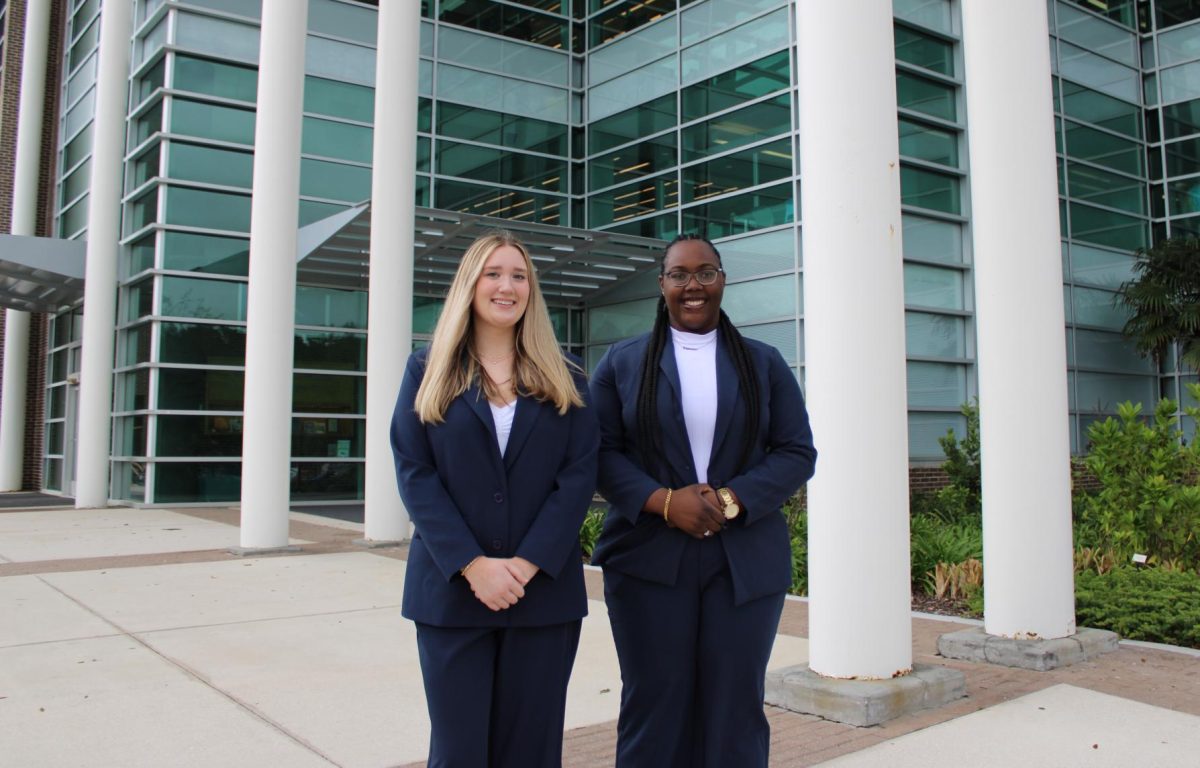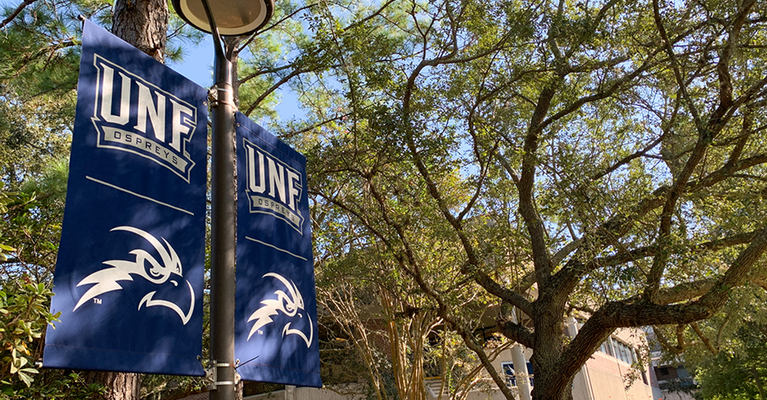Community colleges will play a vital role in training the next generation of students for new or altered jobs in the emerging green economy, according to a new report from the Academy for Educational Development.
The report, “Going Green: The Vital Role of Community Colleges in Building a Sustainable Future and a Green Workforce,” illustrated the point that community colleges are on the forefront of the green movement, coupled while the trend in public sentiment and government policy has been the importance of the green economy, said Mindy Feldbaum, director of AED’s Workforce Development Program.
“Given that the current economic stimulus plan making its way through Congress contains millions of dollars for educating and training workers for green jobs, this report could not have been better timed,” Feldbaum said. “Community colleges are the leaders in preparing tomorrow’s green workforce, and in so doing, helping to support the nation’s economic recovery.”
The conference version of the Reinvestment and Recovery Act of 2009 contains a $750 million subsidy to the Department of Labor for training workers in high-growth industries, $500 million of which is destined for renewable energy and the green job sector, according to the act.
Community colleges already have the infrastructure in place so they would be recipients of earmarks, which will allow them to fund green programs, Feldbaum said.
More than 600 colleges and universities have signed the American College and University Presidents Climate Commitment, which addresses green buildings, energy consumption and waste management on campus.
These will help instill a living-learning dynamic on college campuses, according to the report.
Seven Florida schools signed the bill. UNF was not among them.
But not all economists agree that subsidizing the green sector will help the economy recover or further the environmental cause.
“Direct and indirect subsidies have been tried,” said Mark Thornton, senior fellow at the Ludwig von Mises Institute. “It’s very expensive, and it doesn’t hold its own weight economically speaking, and it inevitably fails. Then you have failure in the whole green sector.”
The only way to become more environmentally friendly while maintaining a sound economic policy is to allow entrepreneurs to innovate and make energy more efficient, Thornton said.
The AED report’s introduction contends the only way to avoid global, environmental catastrophes is through the government’s ability to develop forward-thinking public policy that will encourage public and private investments.
But a mixture of government power and private enterprise can also have a negative effect on the environment. The private property system and the market process maintain resources and protect the environment more than common or government ownership, Thornton said.
“I love the theoretical idea of these green energy sources, but the promoters of these schemes and the people who are asking for subsidies are perpetuating fairy tales,” he said. “They are just getting money from tax payers while enforcing their ideals on the population at large.”
Thornton also criticized the government on picking winners in the energy field before the markets can correctly identify the most profitable and efficient methods.
“We don’t know ahead of time what will be the winning technologies,” Thornton said. “Politicians are fooling themselves and their constituents if they think they know which types of alternative energy will be successful. Under each category of energy development there are multiple ways to obtain
that energy.”
Thornton also addressed die-hard environmentalists on college campuses.
“I think it is perfectly OK for individuals to live a green life, reduce their carbon footprint and eat organically grown food but those same people are actually acting like thugs and criminals when they use the political process to force a mandate on all citizens to a adopt a green life.”
Regardless of the contention, by 2030 one in four jobs will be in the green energy sector due to an influx in capital, according to the AED report. Most of the jobs will come from Leadership in Energy and Environmental Design-certified schools.
UNF will have six LEED-certified buildings once the Osprey Fountains are complete.
Economic Stimulus Package
$41 billion to energy efficiency programs
$3.2 billion to energy efficiency and conservation block grants
$4.5 billion to federal building conversion to “high-performance green buildings”
$3.4 billion to fossil energy research development
$4.4 billion to modernize electricity grids
E-mail James Cannon II at asst.news@unfspinnaker.com.











